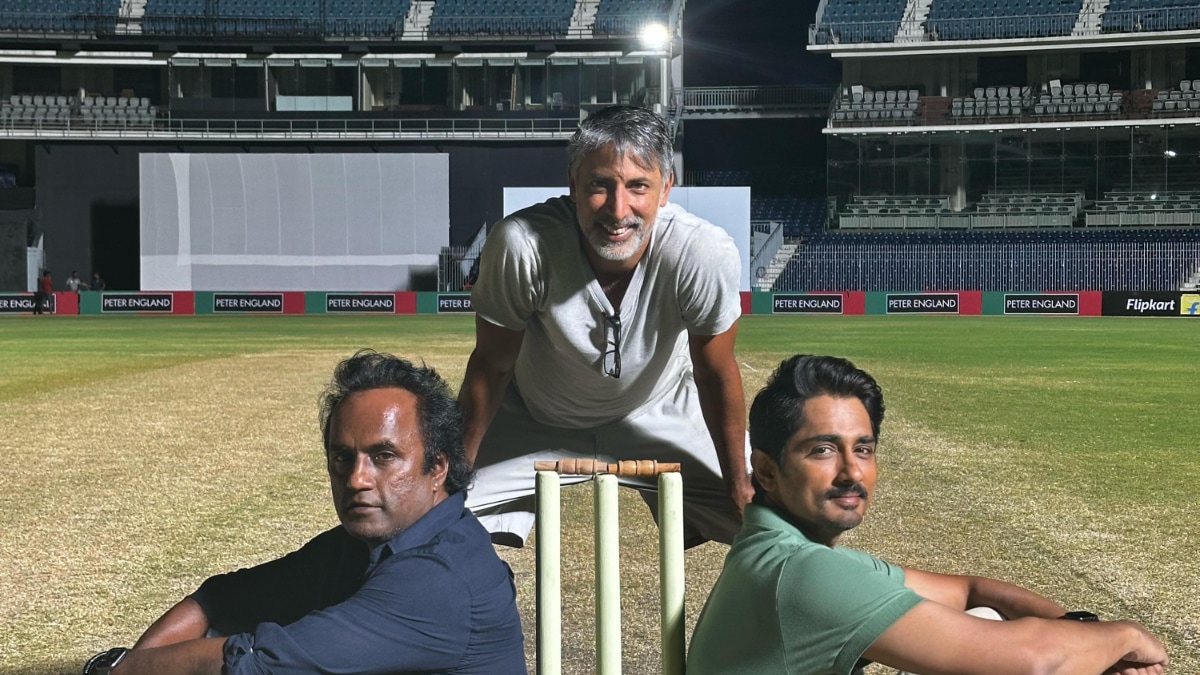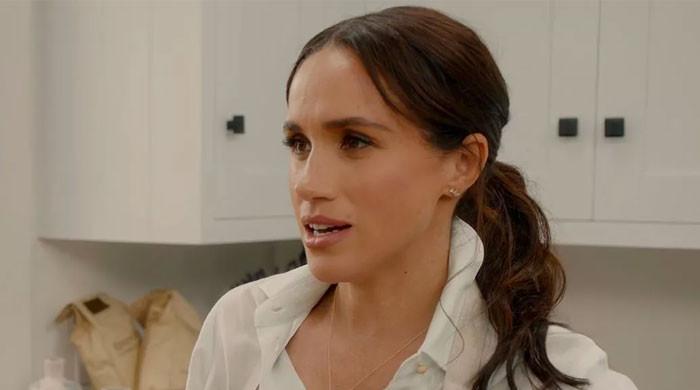Ace cinematographer Viraj Singh has an impressive body of work, including the 2023 Amazon series Sweet Karam Coffee , the 2021 Netflix anthology Navarasa (produced by Mani Ratnam), and the 2020 MX Player series Pawan & Pooja (directed by Shaad Ali). He also shot the 2018 Amazon Original documentary Harmony with A.R.
Rahman, directed by Sruti Hariharan, among other projects. His latest project is Netflix’s Test and in an exclusive interview with Firstpost, the man who has created magical moments with his lenses and eyes opened up about his journey and the idea of choosing this profession. Edited excerpts from the interview What inspired you to become a cinematographer? Was there a defining moment that led you to this path? I’ve been in the film industry for 25 years, yet it still feels like I’m just getting started.

I studied economics and politics at the University of Washington but soon realized my degree didn’t equip me for real-world jobs. I was never inclined toward academics—I thrived in sports, journalism, and organizing events. Cinematography wasn’t on my radar; I assumed filmmaking was for “other people.
” But when it came time to choose a path, I knew I didn’t want a desk job. I wanted a craft, something hands-on. I wanted to work with people, stay active, and have my work seamlessly blend into my life.
Filmmaking offered all of that—an ever-evolving craft where I’d never run out of things to explore. How did you approach the visual storytelling for TEST? Were there specific influences or challenges in shaping its cinematography? The cricket sequences were integral to TEST, as the tension builds over five days of a Test match. Director Sashi envisioned the cricket scenes to feel as real as watching a live match.
We used the same cameras, lenses, and operators that cover actual games, ensuring authenticity. Siddharth, playing India’s top Test cricketer, trained extensively, though he was already a state-level player. Uniquely, except for him, every other player was a professional cricketer, adding realism to the action.
For visual inspiration, I drew from iconic images like Muhammad Ali standing over his opponent and films like Apocalypse Now and Top Gun. Parasite influenced the interiors of Siddharth’s character’s home, which we meticulously searched for across South India. We wanted the house to reflect his relationship with cricket, symbolized by red brick walls resembling a cricket ball.
What was the most technically or creatively challenging sequence to shoot in TEST, and how did you overcome it? The cricket scenes posed the biggest challenge. We spent a year researching, studying previous sports films, and even testing our approach at DY Patil Stadium. We ultimately used broadcast cameras to match the look of live cricket, though they required extensive tweaking to align with cinematic standards.
Crowd shots were another hurdle. Instead of relying on CGI multiplication, we strategically positioned extras to overlap with the players, minimizing the need for green screens and rotoscopy. This approach gave the stadium sequences a more natural feel.
Unlike other sports, cricket involves a lot of static moments, making it trickier to capture dynamism. Our challenge was to ensure every frame remained engaging despite the sport’s inherent pauses. In your view, how has cinematography evolved in Indian cinema, and which Indian films stand out to you for their exceptional visuals? Indian cinematography has evolved significantly.
We now have access to the same technology as the West, rapidly closing the gap. That said, some of the best films rely on just a camera and lights—the essence of storytelling remains unchanged. I don’t analyze visuals in isolation; I experience films as an audience member first.
However, the OTT space is currently producing some of the most exciting work. With India’s vast cinematic landscape, the possibilities are endless. Looking back at your journey so far, what have been the most defining moments or challenges in your career? Working with Ravi K.
Chandran on Saawariya was a turning point—it gave me the confidence to chart my own path. Another milestone was collaborating with Sruti Hari on Harmony with A.R.
Rahman. In 2021, Film Companion featured a list of top film technicians and asked each to spotlight emerging talent—Mani Ratnam chose me. That recognition meant more than any award.
In 2022, I attended Burning Man for Lekha Washington’s Honoraria art project, where I met Sashi. That connection led to TEST, one of the most rewarding projects of my career. Now, I’ve co-founded a production house with Sukant Panigrahy.
We’ve already shot one film in Kashmir and are preparing for our next. The journey continues..
Entertainment

EXCLUSIVE | Netflix's 'TEST' cinematographer Viraj Singh: 'The cricket scenes posed the biggest challenge, instead of relying on VFX...'

In an exclusive interview with Firstpost, the man who has created magical moments with his lenses and eyes opened up about his journey and the idea of choosing this profession














